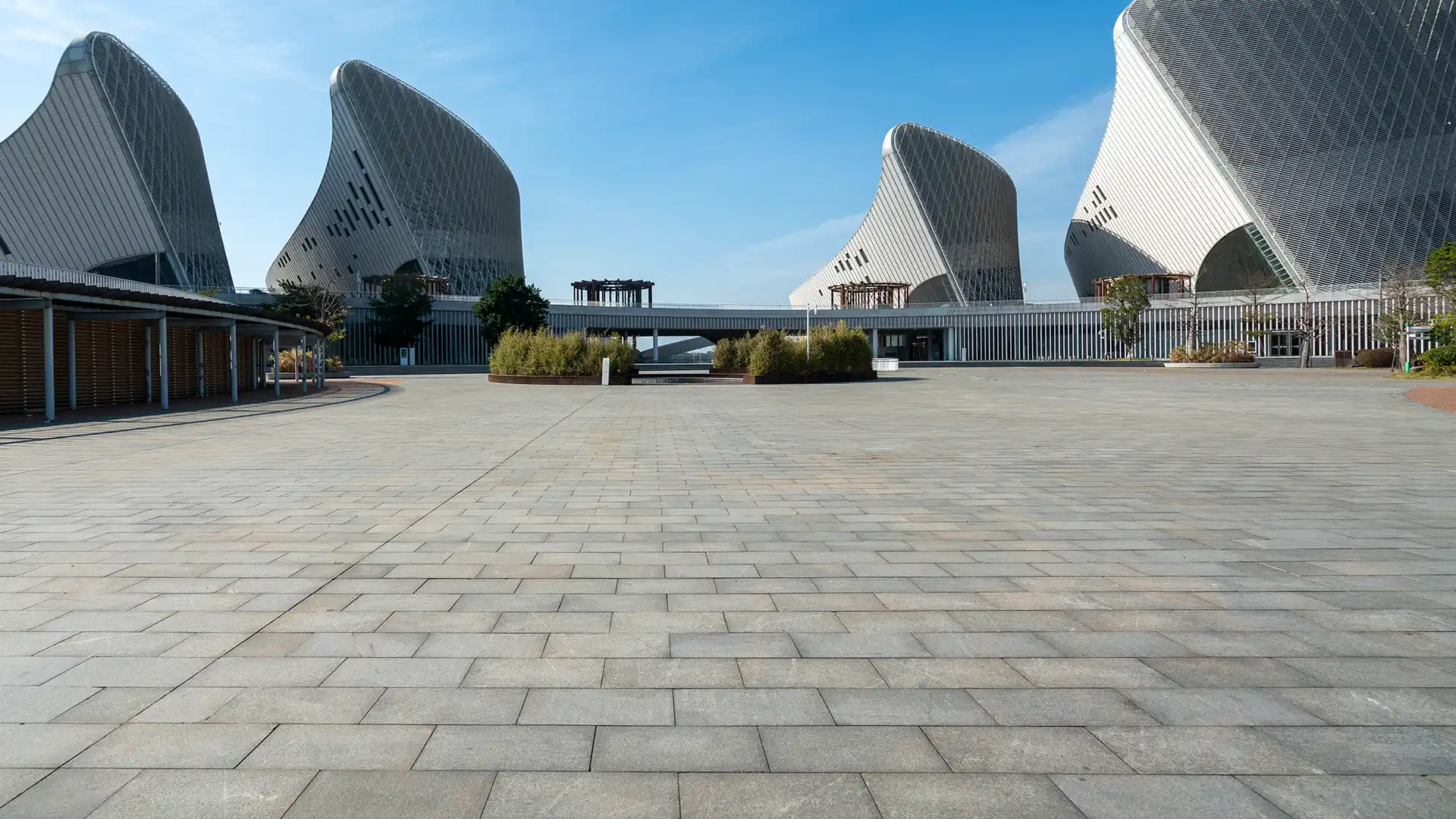Beyond Aesthetics: The Functional Benefits of Natural Stone in Public Spaces

Public spaces are the heart of urban life, shaping how people interact, move, and experience their surroundings. While aesthetics is crucial in designing these spaces, functionality is equally important. With its durability, resilience, and timeless appeal, natural stone offers a compelling solution for public areas. Whether in bustling city squares, serene parks, or grand civic buildings, natural stone enhances both the practicality and longevity of these environments.
Function Meets Form
Public spaces endure constant footfall, exposure to the elements, and everyday wear and tear. Natural stone, renowned for its strength, provides a surface that withstands heavy use without compromising its beauty. Materials such as granite, sandstone, and limestone have been used for centuries in streets, plazas, and monuments due to their ability to resist erosion and maintain their structure over time.
Unlike synthetic materials that may fade, crack, or degrade, natural stone weathers gracefully, developing a patina that adds to its character. This resilience makes it ideal for pavements, staircases, and seating areas, ensuring long-term performance with minimal maintenance.
Natural Stone in Public Architecture
In public spaces, materials must offer practicality and ease of maintenance. Natural stone requires little upkeep compared to alternatives such as concrete or composite materials, which may need frequent repairs or replacement. Regular cleaning and occasional sealing are often enough to maintain its structural integrity and aesthetic appeal.
Additionally, its long lifespan reduces the need for frequent refurbishments, making it a cost-effective investment for city planners and architects. By choosing natural stone, urban spaces benefit from a material that offers financial and environmental sustainability.
The Durability Factor
Public spaces are exposed to varying weather conditions, from intense sunlight and monsoon rains to freezing temperatures. Natural stone’s inherent properties make it an excellent choice for all climates.
Granite, for example, resists moisture and extreme temperature changes, making it perfect for outdoor plazas and fountains. Sandstone’s slip-resistant texture provides safety in wet conditions, reducing the risk of accidents on pathways and steps. By selecting the correct type of stone for each application, cities can create functional and visually appealing spaces year-round.
Safety and Maintenance
As sustainability becomes a priority in urban planning, natural stone stands out as an environmentally responsible choice. Unlike artificial materials that require intensive processing, natural stone is extracted with minimal environmental impact. Many types of stone are locally sourced, reducing transportation emissions and supporting regional economies.
Furthermore, natural stone is recyclable and reusable. Whether repurposed for restoration projects or integrated into new developments, it minimises construction waste, aligning with sustainable design principles.
Comfort and Climate Responsiveness
Public spaces must cater to diverse groups, ensuring accessibility for all. Natural stone can be expertly cut and finished to provide smooth, slip-resistant surfaces, making it a safe option for pedestrian walkways, ramps, and plazas. Textured finishes such as flamed or sandblasted stone improve traction, reducing the likelihood of slips and falls.
Additionally, the ability to incorporate tactile paving – designed to assist visually impaired individuals – demonstrates how natural stone can contribute to inclusive urban design.
Accessibility and Inclusivity
Beyond its functional benefits, natural stone adds a sense of permanence and heritage to public spaces. Many historic city centres and landmarks feature stone-clad structures that have stood the test of time, embodying architectural and cultural significance. From cobbled streets in European towns to intricately carved stone temples in India, natural stone remains an integral part of the built environment.
By incorporating natural stone into modern urban landscapes, cities seamlessly blend tradition and contemporary design. Whether used in sculptures, facades, or public seating, it reinforces a connection to history while enhancing the aesthetic appeal of the surroundings.
Sustainability and Long-Term Value
Public spaces demand materials that offer durability, functionality, and beauty. With its proven resilience and versatility, natural stone is an ideal choice for creating sustainable, safe, and enduring environments. While artificial alternatives may attempt to replicate its appearance, they cannot match its long-term performance and organic charm.
Investing in natural stone is more than an aesthetic decision – it is a commitment to quality, longevity, and responsible urban development. As cities continue to evolve, natural stone remains a material that not only withstands the demands of public spaces but enhances them for generations to come.
